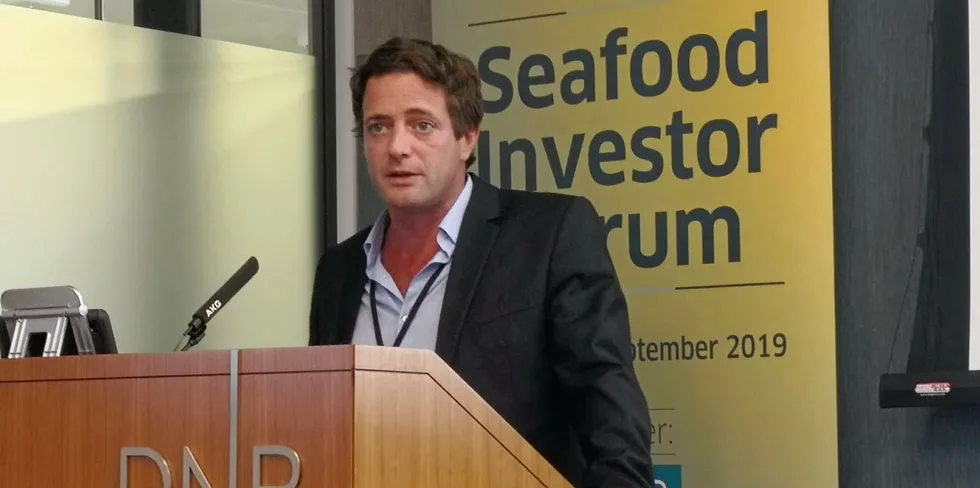Land-based fish farmers face new challenges as investors tighten their wallets, but financial upsides of sector prevail
The land-based sector is aligned with what investors are seeking at the moment.

The land-based sector is aligned with what investors are seeking at the moment.
